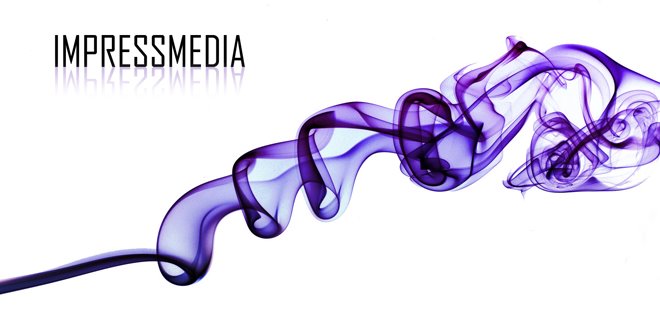
Today I had a brief look at microphones and how they work. I found out that there were many different types of microphone, all of which functioned and reacted to the environment in different ways.
Below is a diagram of ‘the polar pattern.’

This diagram shows the principle of a microphones ‘directional response’ (how it hears the sound.) The more gain (volume) you turn up, the larger the balloon shape will be, consequently the microphone will pick up a larger space of sound when the gain is up and vice versa for when the gain is turned down.

Also on the subject of sound I am creating a new radio style podcast on War and Remembrance Day for next week. Remembrance day 11th November
See more about Remembrance Day here











